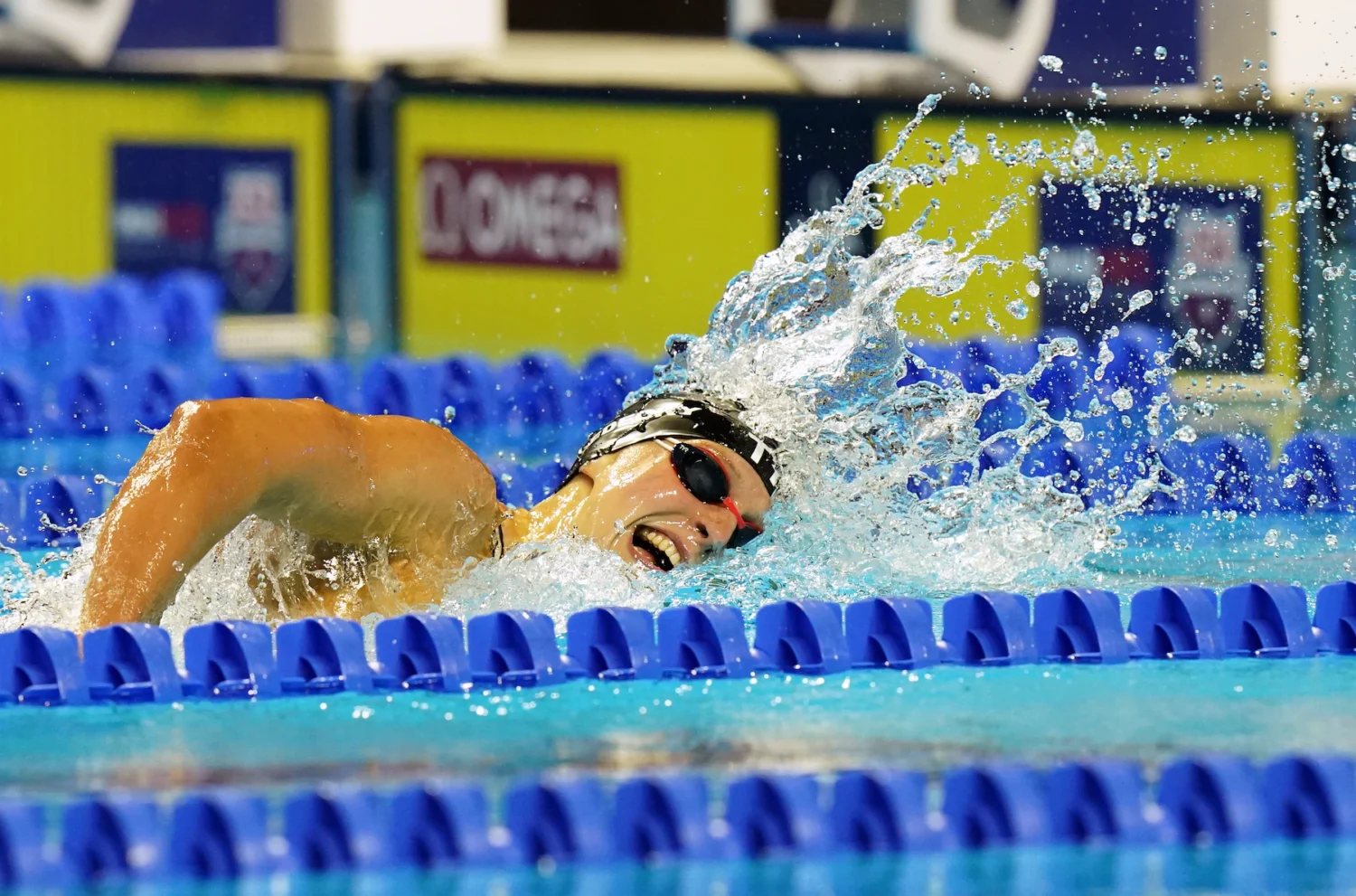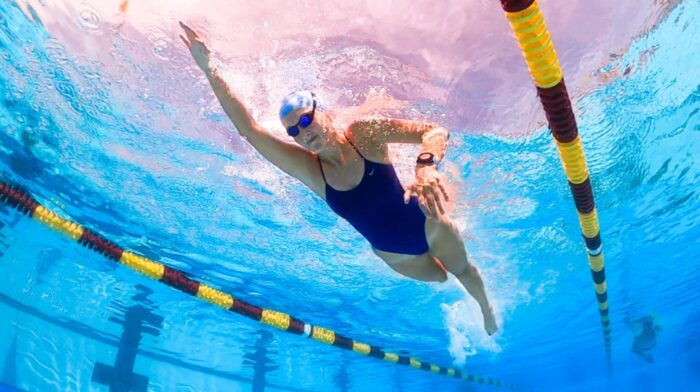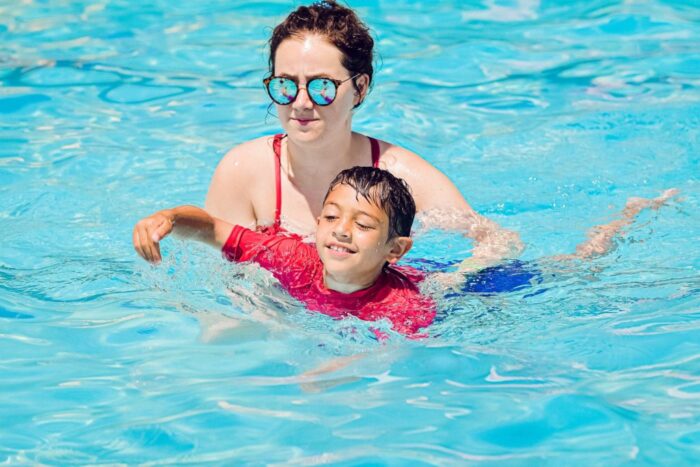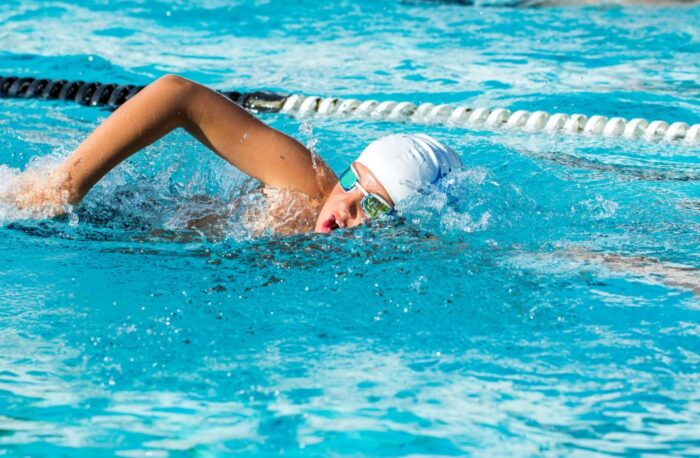
Freestyle swimming is one of the four strokes used in competitive swimming. It is also the most commonly used stroke in recreational swimming. The other three strokes are breaststroke, backstroke, and butterfly. While freestyle may be the most popular one, it is also the most difficult to teach to young swimmers. This is because freestyle requires a high level of coordination and technique.
However, with the right approach, you can successfully teach freestyle to your young swimmers. In this blog post, we will explore some steps to take in order to successfully teach freestyle swimming to beginners.
What is Freestyle Swimming?

Swimming is a great way to stay fit, and freestyle is one of the most popular strokes. This is a type of swimming that involves using any style you want. There are no rules when it comes to it, which makes it a great option for those who want to swim for fun or exercise. While there are no rules, there are some guidelines that can help you swim more efficiently.
For example, it is generally recommended that you keep your arms parallel to your body and move them in a synchronized fashion. Additionally, keeping your head above water is important for breathing and balance. When teaching freestyle swimming to young swimmers, it is important to start with the basics and build up from there. Here are a few tips to help you get started:
- Teach your students how to float on their backs first. This will give them a chance to get comfortable in the water and learn how to control their bodies.
- Once they have mastered floating, teach them how to move their arms and legs in a coordinated fashion. This will help them swim more efficiently once they start moving forward.
- Help them practice deep breathing so they can take in enough oxygen while swimming. This is especially important for long distances or strenuous swimming.
- Finally, show them how to put all of these elements together by swimming laps yourself. Swimming laps is a great way to improve your own endurance while showing your students what freestyle swimming looks like. So, when it comes to learning how to swim freestyle, start with the basics and build up from there! You can always add more complicated techniques as your students progress.
Why Teach Freestyle to Young Swimmers?

There are many advantages to teaching freestyle to young swimmers.
It is the most efficient and fastest stroke, so it is important for young swimmers to learn how to swim correctly.
Additionally, it is an essential stroke for swimming in open water, so learning proper technique at a young age can help prepare swimmers for this type of environment.
Finally, this is a great workout and can help young swimmers build endurance and strength.
Swimming lessons for kids are a great way to introduce them to different strokes, and freestyle is an important one for them to learn.
The Benefits of Freestyle Swimming for Young Swimmers
Freestyle swimming is a great way for young swimmers to stay in shape and improve their swimming skills. Here are some of the benefits of it:
- It helps build stamina and endurance.
- It is a great workout for the entire body.
- It can help young swimmers improve their technique.
- It is a great way to relieve stress and tension.
- It can help young swimmers stay motivated and focused on their goals.
How to Teach Freestyle Swimming to Young Swimmers?
If you’re teaching freestyle swimming to young swimmers, there are a few things you need to keep in mind.
First, it’s important to remember that young swimmers are still developing their motor skills. This means that they may not be able to execute the same strokes as older, more experienced swimmers. Second, you need to focus on teaching the basic principles of freestyle swimming. This includes teaching them how to breathe correctly, how to kick properly, and how to streamline their body.
Once they’ve mastered these basics, you can then start working on more advanced techniques.
What are advanced techniques?
Advanced techniques in swimming are completely another level. These techniques can help swimmers swim faster and improve their overall technique.
- You can start working on their technique by teaching them how to perform a dolphin kick.
- You can also teach them how to perform a one-arm freestyle. This is a great way to help them develop their stroke and increase their speed.
- Another advanced technique you can teach them is how to use a pull buoy. This will help them develop their upper body strength and increase their speed.
Tips for Teaching Freestyle Swimming to Young Swimmers

When teaching freestyle swimming to young swimmers, there are a few things to keep in mind.
- Start with the basics. Make sure that your students are comfortable with the basic strokes before moving on to more advanced techniques.
- Be patient. Don’t expect your students to pick up the technique overnight – it will take time and practice for them to master it.
- Have fun! Swimming is a great way for kids to exercise and stay healthy, so make sure that they enjoy the experience.
- Encourage your students to practice outside of lessons. The more they practice, the better they will become at freestyle swimming.
- Reward your students for their progress. This will help them to stay motivated and keep practicing.
Conclusion
Teaching freestyle to young swimmers doesn’t have to be difficult. With a few simple steps, you can help your students master the technique and enjoy the many benefits that come with it. We hope our tips have been helpful and that you’ll give freestyle a try with your own students. Good luck!








